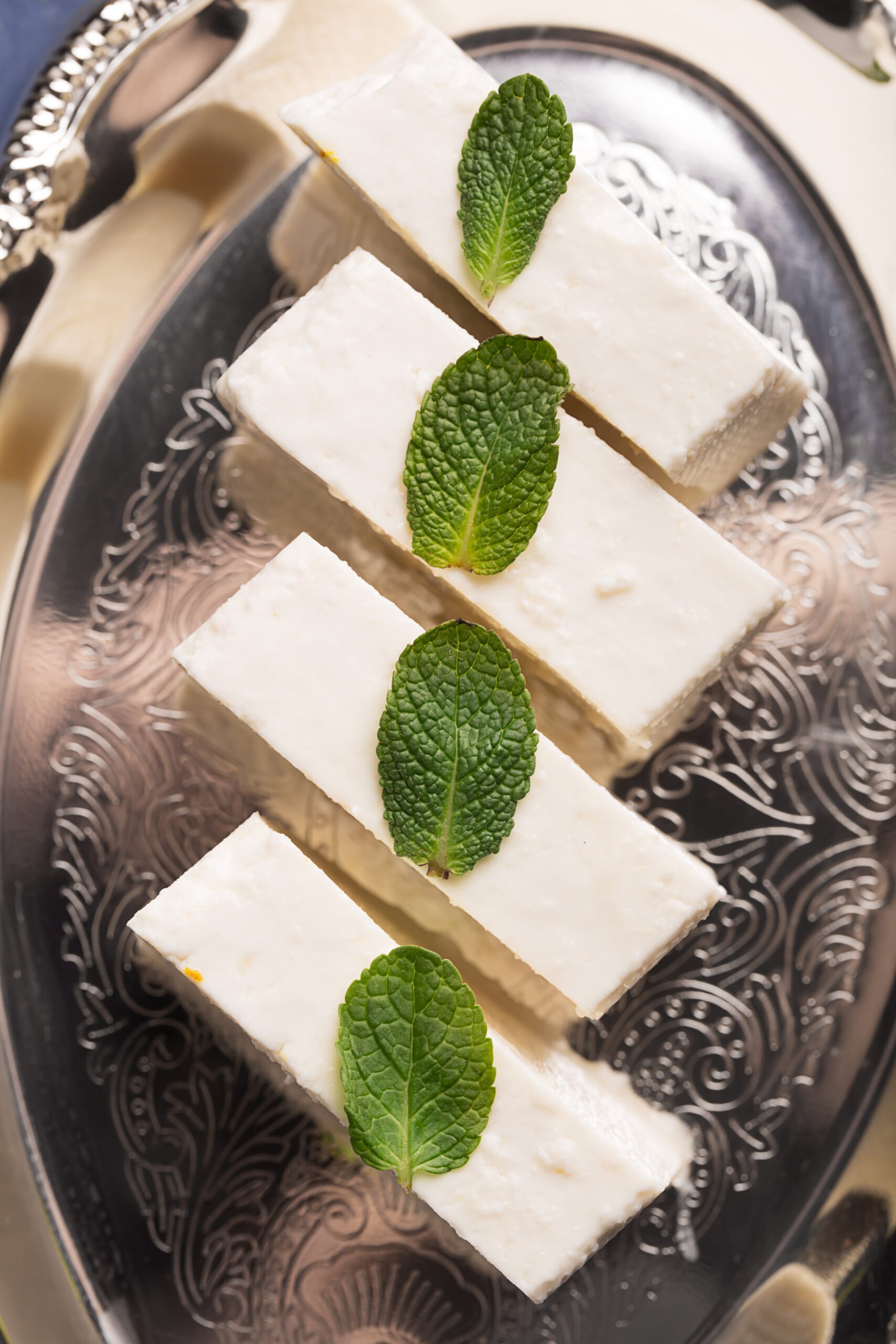
What Exactly Is Paneer?
Paneer is a fresh, non-melting cheese made by curdling milk with a little lemon juice, vinegar, or curd. Just simple kitchen magic that turns everyday milk into creamy, sliceable gold.
It doesn’t melt into a puddle. And it soaks up whatever flavor you throw at it—like a sponge with ambition.
You’ll mostly find it in Indian cuisine, but it’s not staying local anymore. From global fusion dishes to meatless menus around the world, paneer has graduated from “that white cube in curry” to a full-blown culinary main character.
Quick Facts About Paneer
Type: Fresh, non-melting cheese
Main Ingredient: Whole milk curdled with lemon juice or vinegar
Origin: Indian subcontinent
Texture: Firm yet creamy, sliceable
Flavor: Mild, milky, and slightly sweet
Common Dishes: Paneer tikka, palak paneer, butter masala, paneer paratha
Protein: ~18g per 100g
Calcium: ~480mg per 100g
Diet: Vegetarian, gluten-free
Storage: Refrigerate in water; use within 3–5 days
How Is Paneer Made?
Paneer may feel fancy, but it’s surprisingly low-effort—milk + acid = magic.
Here’s how it happens:
-
Start with full-fat milk (because creamy paneer starts with creamy milk).
-
Bring it to a boil, then lower the heat.
-
Stir in a splash of lemon juice or vinegar, and watch as the milk curdles into soft, fluffy clouds.
-
Strain it through a muslin cloth to separate the curds from the whey.
-
Rinse, press, and chill—what you’re left with is a fresh block of paneer that’s ready to cube, crumble, grill, or pan-fry.
Homemade paneer has a tender bite, a clean flavor, and a freshness that’s hard to beat. Once you try it, you might just wonder why you ever bought it pre-packed.
What Does It Taste Like?
Paneer has a mild, milky flavor—subtle, clean, and comforting. It doesn’t try to dominate a dish; instead, it plays backup singer to whatever spice, sauce, or marinade you pair it with.
It’s creamy yet firm, with a soft bite that doesn’t fall apart. It holds its shape on the grill, crisps up in a pan, and stays tender in a simmering curry. Think of it as a blank canvas that’s secretly got great texture game.
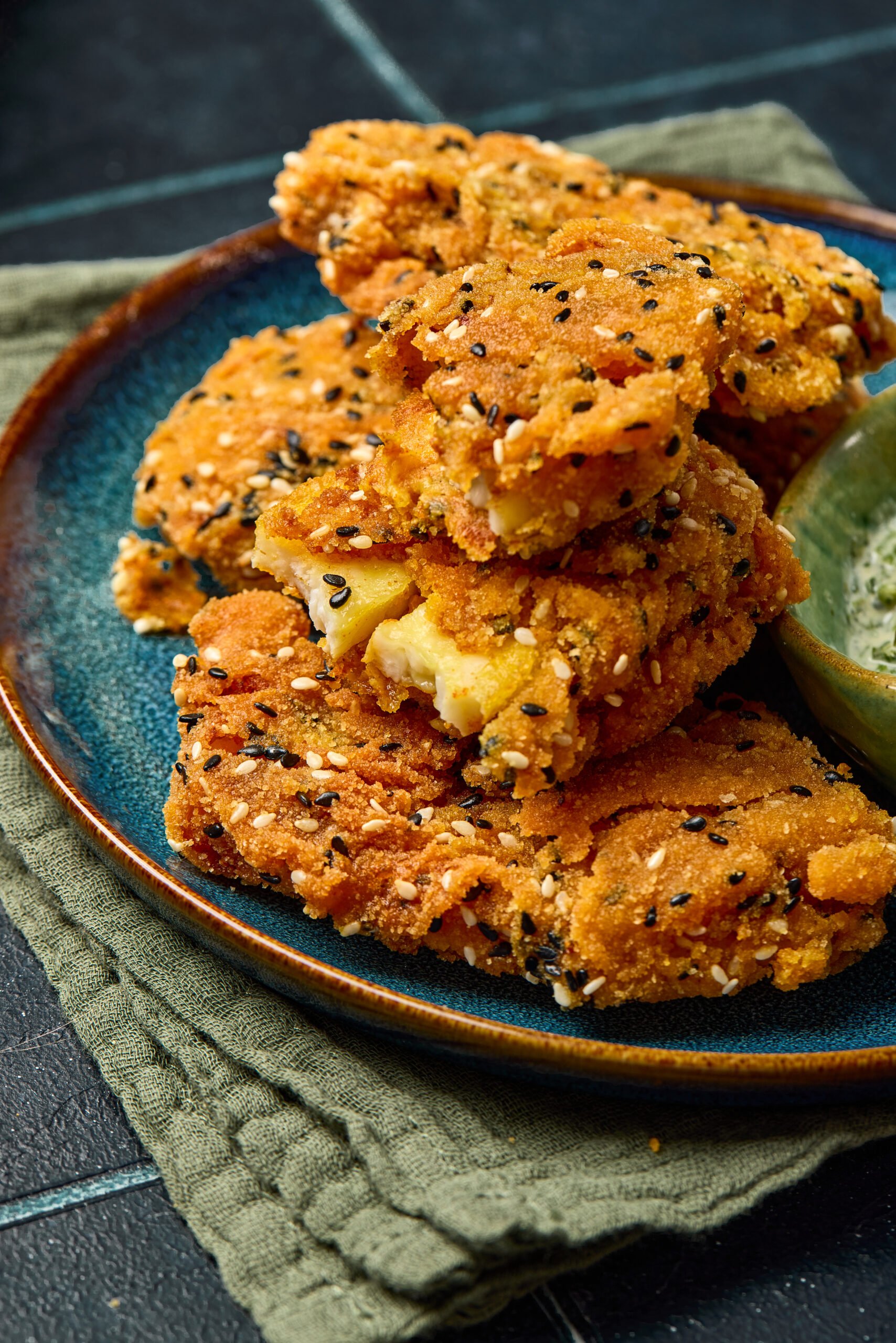
Forms You’ll Find It In
Paneer may seem simple, but it wears many hats in the kitchen. Here are the most common forms you’ll spot in stores — or on your plate:
-
Fresh Block Paneer:
The classic. Sold in rectangular blocks, ready to slice, cube, crumble, or grill. Ideal for curries, wraps, and tikka skewers. -
Cubed Paneer (Pre-Cut):
Super convenient and usually found in freezer sections. Great for quick meals, though sometimes a bit firmer than fresh. -
Frozen Paneer:
Long shelf life, but needs proper thawing for the best texture. Perfect for stir-fries, stuffed parathas, and gravies. -
Homemade Paneer:
Soft, pillowy, and fresh. Best eaten within a few days. Great for desserts, breakfast scrambles, or gently spiced dishes. -
Flavored or Marinated Paneer (Less common):
Spiced versions made for grilling or snacking. A fun twist if you’re in the mood for something different.
Whatever form you choose, paneer’s versatility is always just a pan or pot away.
Culinary Uses Around the World
Paneer may be born in Indian kitchens, but it’s definitely got a passport.
In India:
It’s everywhere—palak paneer, paneer tikka, butter masala, parathas, pakoras, rolls—you name it. Paneer is a go-to for meatless meals that still feel rich and satisfying.
In Global Fusion:
Paneer’s creamy bite makes it a natural fit for fusion recipes—paneer tacos, BBQ skewers, masala paneer pizzas, or grain bowls with grilled veggies and herbs.
In Modern Kitchens:
As plant-forward eating rises, paneer is stepping in as a protein-rich, satisfying alternative to tofu or meat. It’s showing up in meal prep, brunch menus, and even street-food-inspired pop-ups.
Whether it’s grilled, sauced, fried, or stuffed, paneer proves that you don’t need meat to make a dish feel indulgent.
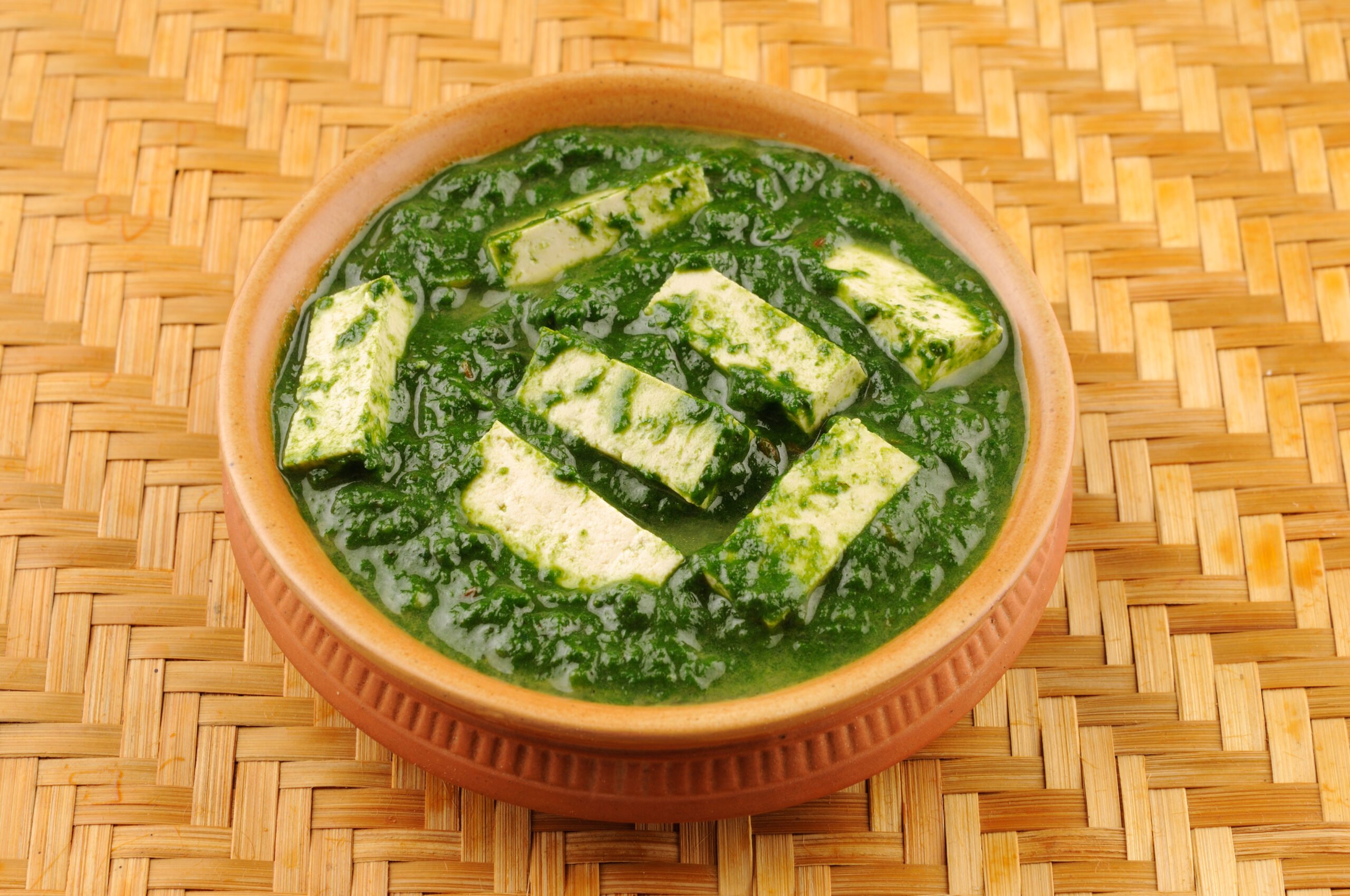
Creamy spinach meets tender paneer in this comforting classic—rich, vibrant, and full of flavor in every bite.
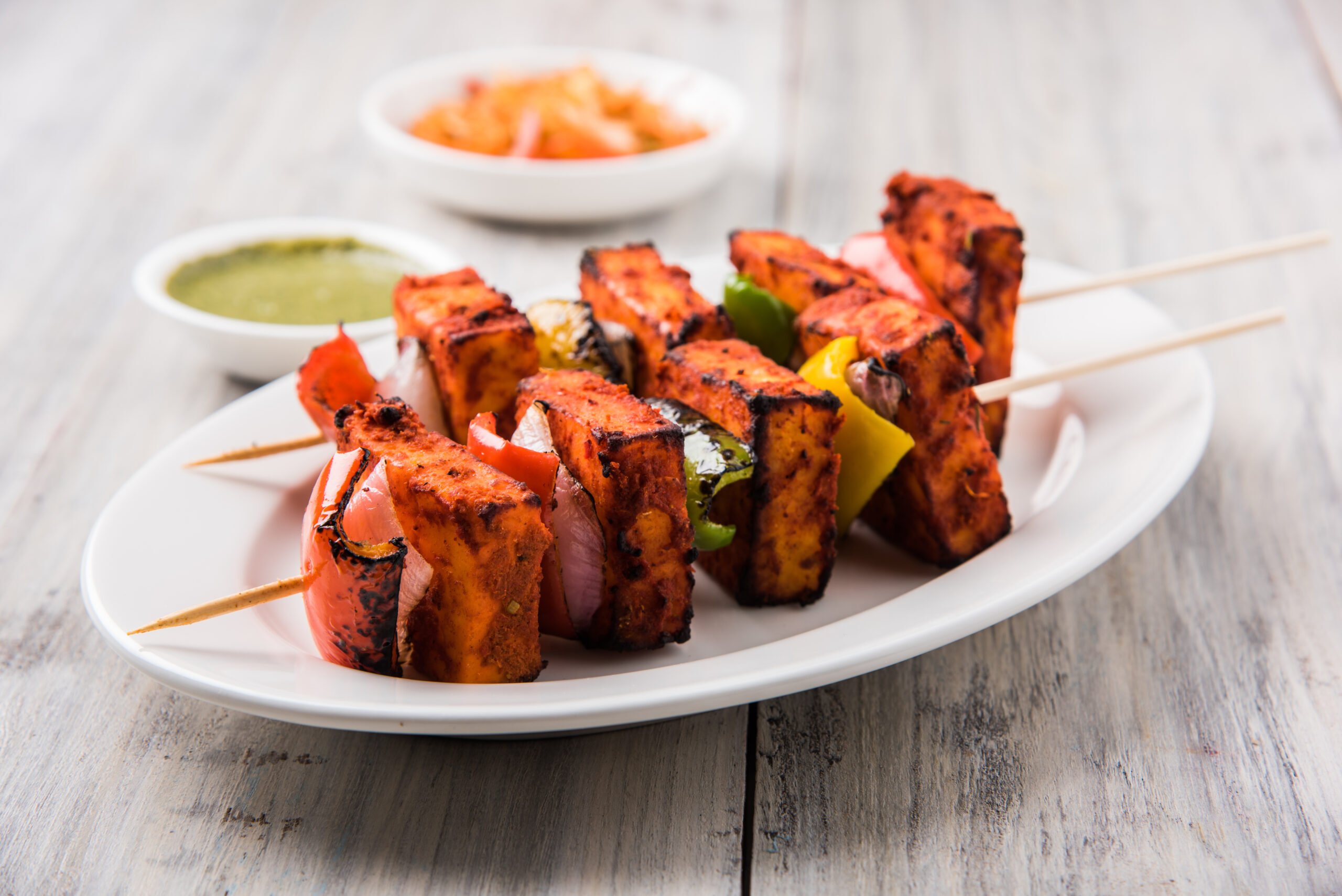
Smoky, spicy, and irresistibly charred—paneer tikka brings the heat with every grilled bite.
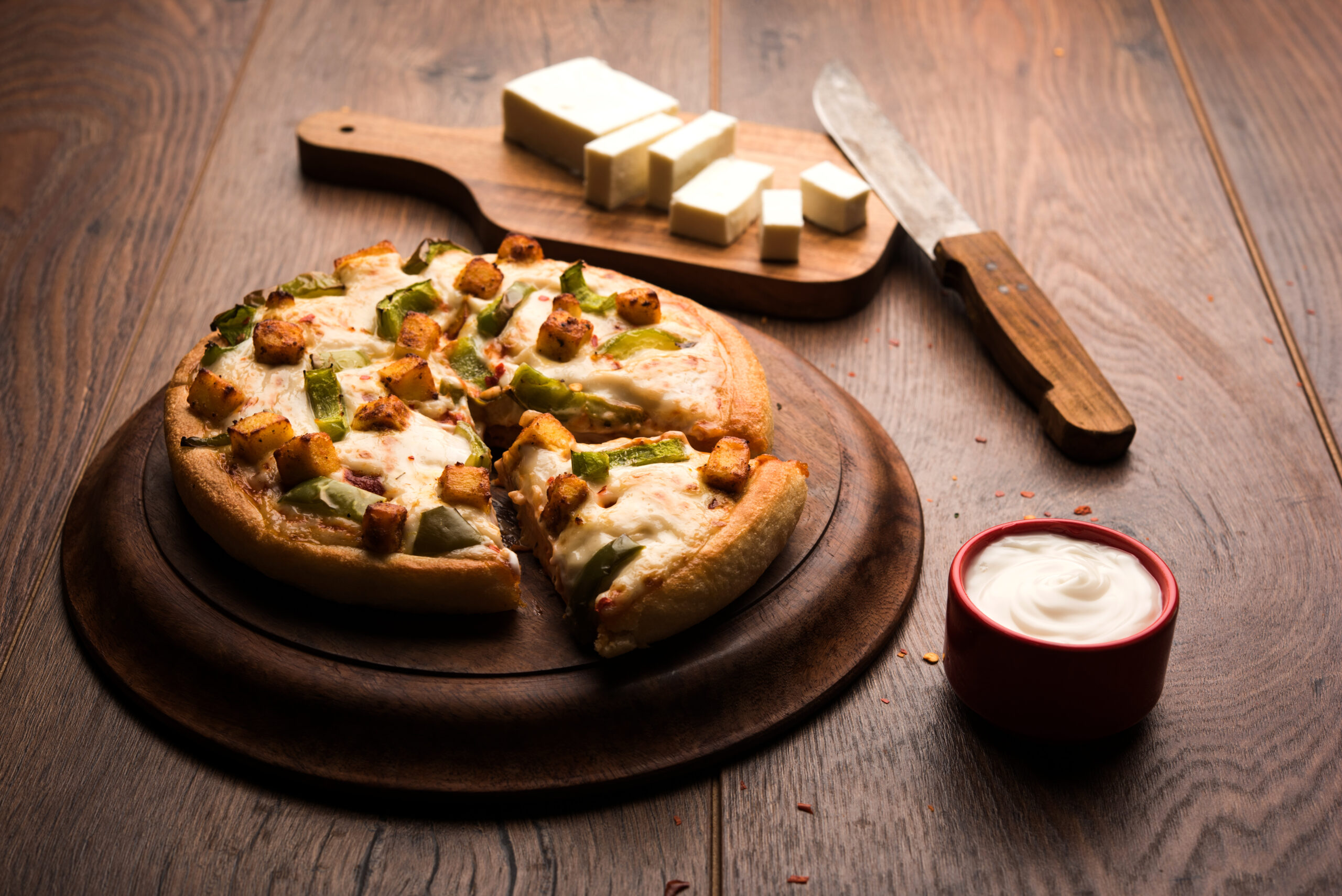
East meets West on a slice—paneer pizza with all the bold, cheesy drama you didn’t know you needed.
Cooking With Paneer
Cooking with paneer is like having a reliable best friend in the kitchen — it's flexible, low-drama, and always shows up well.
Here’s how to make the most of it:
-
Cube it, grill it, love it:
Paneer holds its shape beautifully when grilled or pan-fried. Just toss it in spices and a little oil, and watch it get those golden edges that make everything better. -
Sauté it gently in gravies:
For curries, lightly pan-fry the cubes before adding them to the sauce. This locks in texture and keeps it from turning too soft. -
Crumble it for stuffing or scrambles:
Crumbled paneer makes for killer fillings in parathas, wraps, sandwiches, or even breakfast-style paneer bhurji. -
Marinate it and let it shine:
Soak it in yogurt, spices, and lemon juice for 15–20 minutes, then roast or skewer. Great for tikkas, BBQs, or air-fryer experiments. -
Use it raw (yes, really):
Soft, fresh paneer can be added raw to salads, grain bowls, or eaten as a snack with a dash of chaat masala.
If your paneer feels rubbery, soak it in warm water for 10–15 minutes before cooking—it’ll soften right up.
Paneer vs. Other Cheeses
It may be called cheese, but paneer plays by its own rules. No melting, no aging, and no fancy rinds—just pure, fresh simplicity. Let’s see how it stacks up against some of its cheesy cousins:
Paneer vs. Tofu
-
Texture: Paneer is creamier and richer; tofu is softer and more sponge-like.
-
Flavor: Paneer has a mild dairy taste; tofu is almost flavorless.
-
Cooking: Both absorb flavors well, but paneer holds shape better when grilled or fried.
Paneer vs. Ricotta
-
Ricotta is soft, spreadable, and slightly sweet. Paneer is firmer and sliceable.
-
Ricotta is great for mixing in; paneer is made for standing on its own in curries or skewers.
Paneer vs. Feta
-
Feta is salty, tangy, and crumbly. Paneer is mild, creamy, and neutral.
-
Feta melts slightly under heat; paneer doesn’t melt at all—it sears, crisps, or stays firm.
Paneer vs. Halloumi
-
Halloumi is closest in texture and doesn’t melt either.
-
But paneer is less salty, more tender, and way more versatile in Indian-style cooking.
So no, it won’t melt like mozzarella. But paneer brings something else to the table: a creamy bite that can go bold, stay soft, or crisp up like a dream—without ever falling apart.
Flavor Pairings That Work
Paneer’s mildness makes it the perfect partner for bold flavors.
Spices & Seasonings:
Cumin, turmeric, garam masala, chili powder for warmth.
Paprika, za’atar, Italian herbs for a fusion edge.
Black pepper + sea salt for a clean, addictive touch.
Fresh Add-Ons:
Mint, basil, cilantro, or curry leaves add brightness.
Ginger-garlic paste builds savory depth.
Sauces & Marinades:
Tomato gravies, yogurt-based mixes, green chutney, or tikka masala.
Try pesto or chimichurri for a global spin.
Sweet Twists:
Honey with nuts, jaggery with saffron, or rosewater with pistachios for dessert-ready paneer.
Paneer Substitutes
Out of paneer? These options can step in:
-
Tofu: Firm or extra-firm works best in curries or stir-fries. Dairy-free and protein-packed.
-
Halloumi: Holds its shape when grilled or fried. Saltier, so season with care.
-
Pressed Ricotta: Soft and creamy—great for fillings, but not for frying.
-
Firm Mozzarella: Melts more than paneer; use in bakes, not curries.
-
Homemade Paneer: Got milk and lemon juice? You’re 20 minutes from fresh, delicious paneer.
These substitutes work in a pinch, but nothing quite beats the real deal.
How to Store It Right
-
Unopened: Refrigerate and follow the expiry label.
-
Opened/Homemade: Store in water in an airtight container. Change water daily. Use within 3–5 days.
-
Freezing: Cut into cubes, freeze in a ziplock. Texture may get a bit crumbly.
-
Quick Fix: Soak refrigerated paneer in warm water to soften it up.
Nutritional Value (Per 100g)
Paneer packs a punch when it comes to protein and calcium, especially for vegetarians. Here’s what you typically get in 100g of fresh paneer (made from full-fat milk):
-
Calories: ~265 kcal
-
Protein: ~18g
-
Fat: ~20g (mostly saturated fat)
-
Carbohydrates: ~1–2g
-
Calcium: ~480mg (nearly 50% of daily requirement)
-
Iron: ~0.5mg
-
Cholesterol: ~60mg
It’s naturally gluten-free, low in carbs, and rich in healthy fats and essential minerals—making it a solid option for those on high-protein, low-carb, or vegetarian diets.
Health Benefits of Paneer
Paneer isn’t just tasty—it can be a smart addition to your diet when enjoyed in moderation. Here’s how it may support your health:
-
Rich in Protein
With around 18g per 100g, paneer may help support muscle repair, strength, and satiety—especially important for vegetarians (Source). -
High in Calcium
Paneer can contribute to stronger bones and teeth, thanks to its impressive calcium content (Source). -
Good for Weight Management
Its protein and fat combo may help you feel full longer, which can reduce snacking and overeating (Source). -
Low in Carbs
Ideal for low-carb or keto-style diets—paneer can deliver energy without spiking blood sugar (Source). -
Supports Heart Health (in moderation)
When made from low-fat milk and eaten in controlled portions, paneer may offer healthy fats that support cholesterol balance (Source).
As always, how healthy paneer is depends on how you prepare it—grilled or sautéed is your friend; deep-fried every day, maybe not so much.
Potential Health Risks
Paneer is generally safe and wholesome, but like any ingredient, it’s best enjoyed mindfully. Here are a few things to keep in mind:
-
High in Saturated Fat
Full-fat paneer can be calorie-dense and high in saturated fat, which may affect heart health if consumed in large amounts regularly (Source). -
Not Suitable for the Lactose Intolerant
Paneer can cause bloating or discomfort for those sensitive to dairy (Source). -
May Cause Acidity in Some People
Especially when consumed at night or in oily preparations, paneer can trigger acidity or heaviness for sensitive stomachs
As with most foods, the key is portion, preparation, and balance. Paneer is best when it’s part of a well-rounded plate.
Final Thoughts
From soft crumbles in your morning paratha to smoky skewers on your dinner plate, paneer proves that simplicity can be spectacular. It’s creamy, sturdy, and endlessly versatile—equally at home in traditional thalis, trendy wraps, or global fusion dishes.
Whether you grill it, stuff it, simmer it, or snack on it raw, paneer shows up ready to please. It doesn’t melt—but it wins hearts. And in a world full of complicated ingredients, sometimes that humble cube is exactly what your meal needs.
So next time you're staring at a block of paneer, remember it’s not just cheese—it’s potential, wrapped in white.
FAQs
Is paneer the same as tofu?
No. Paneer is a dairy product made from milk, while tofu is plant-based and made from soybeans. Texture and taste are quite different.
Can I eat paneer raw?
Yes! Fresh paneer can be eaten raw. It’s often used in salads or snacks—just make sure it’s clean and properly stored.
Is paneer healthy for daily use?
It can be, if eaten in moderation and balanced with other foods. Go for grilled or lightly sautéed versions over deep-fried dishes.
Can I freeze paneer?
Yes, paneer can be frozen. Cut it into cubes and store in an airtight container. Thaw before using—just note the texture may change slightly.
Is paneer good for weight loss?
Paneer is high in protein and low in carbs, which may help with satiety. Just watch your portion size and how it’s prepared.
Learn More About Paneer
Wikipedia — Paneer
This article explains what paneer is, its regional variations, culinary uses, production techniques, and how it differs from other cheeses in texture and melting behavior.
Sukhi's Gourmet Indian Foods — What is Paneer? Everything You Need to Know
This article explores paneer as a fresh, non-melting cheese made from curdled milk; it delves into its texture and cooking properties, outlines how it’s made at home versus commercially, showcases its use in traditional and modern recipes, and offers storage tips and serving suggestions with regional context.


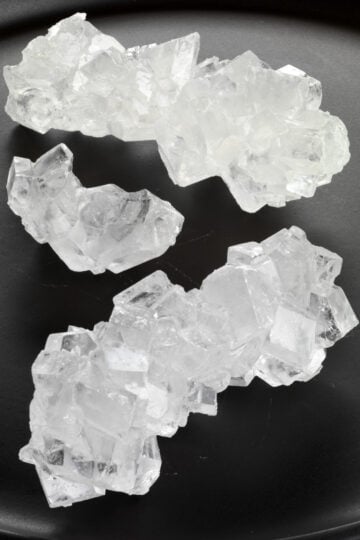
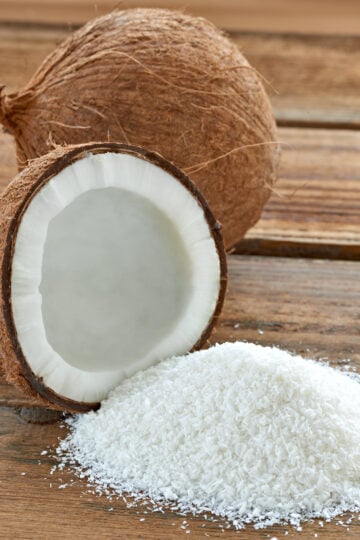
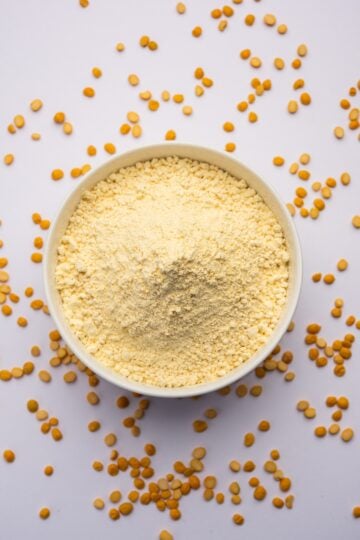
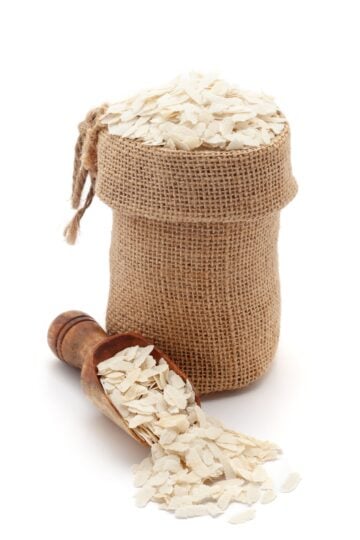
Have a question or something to share? Leave a comment below!